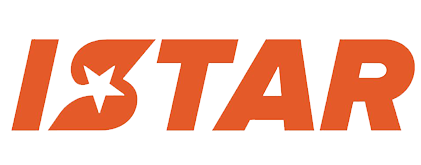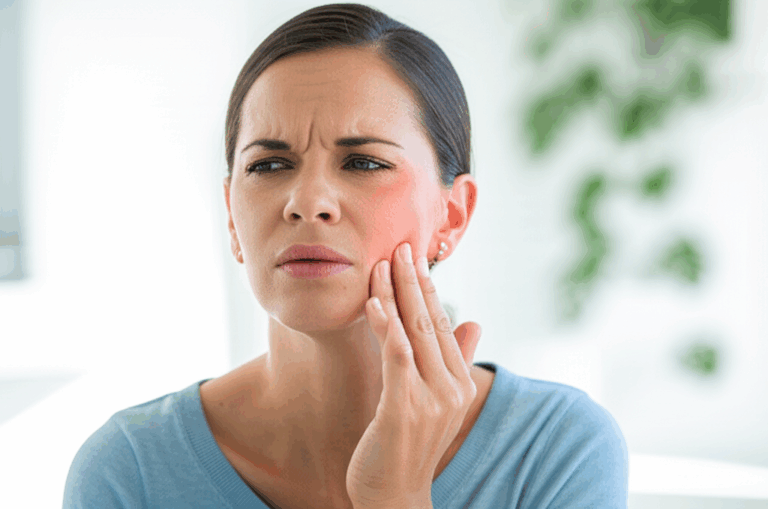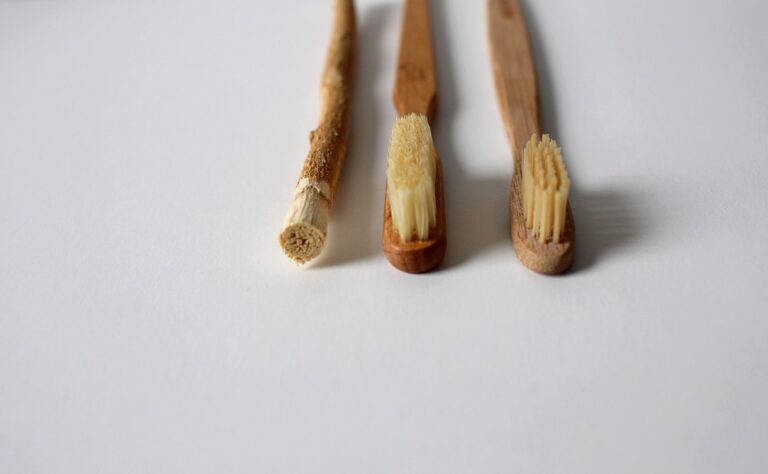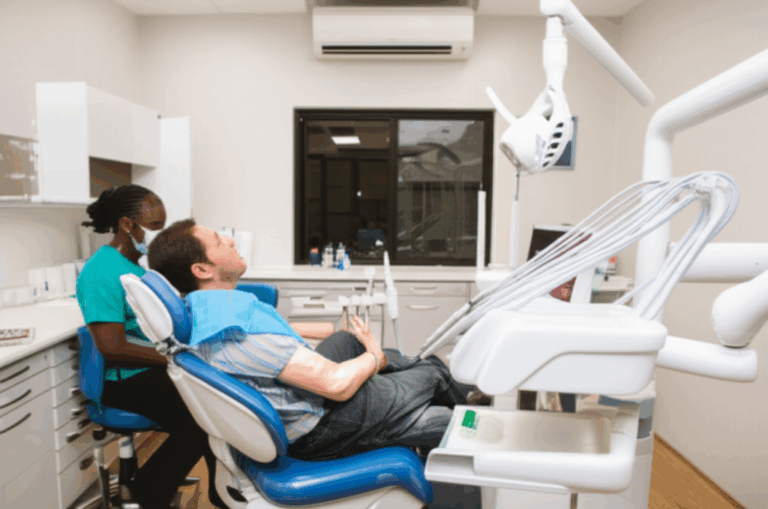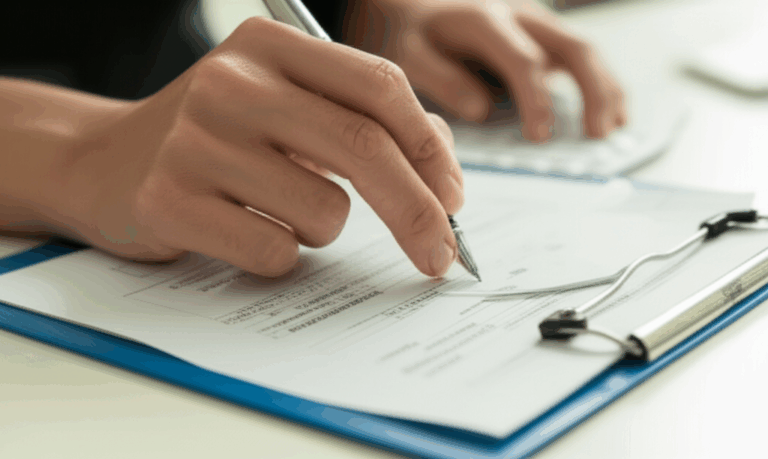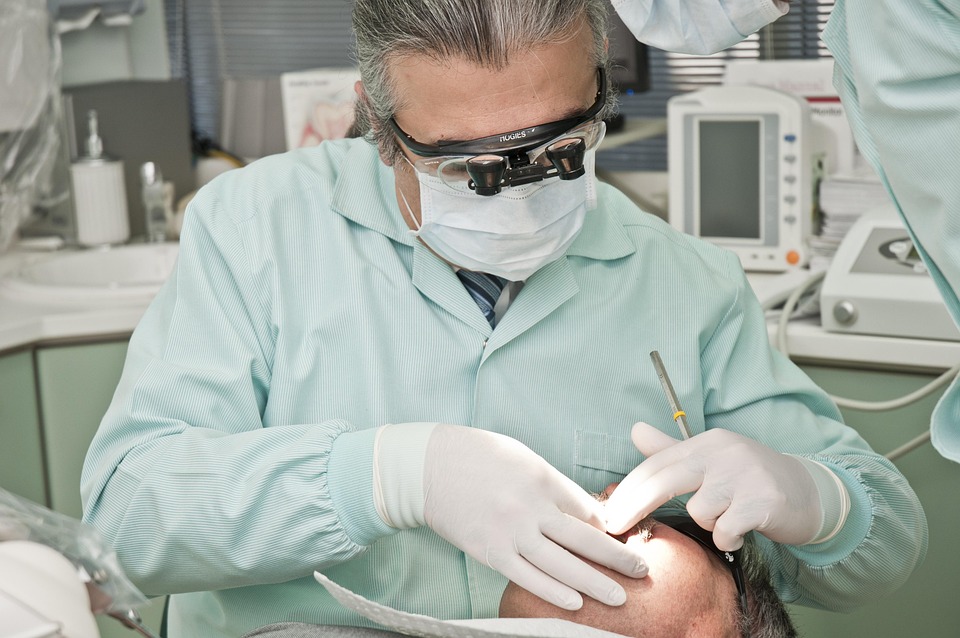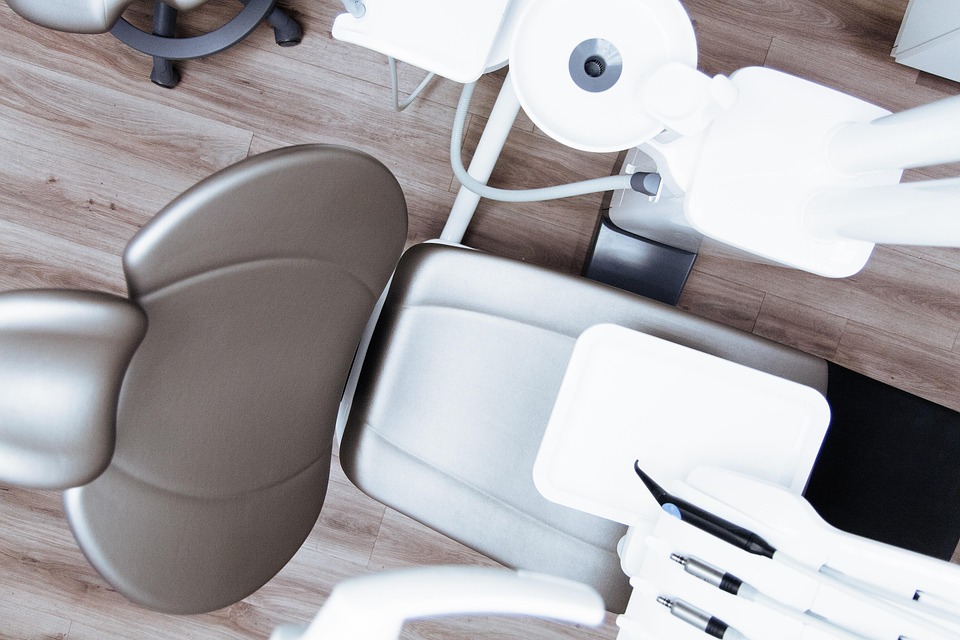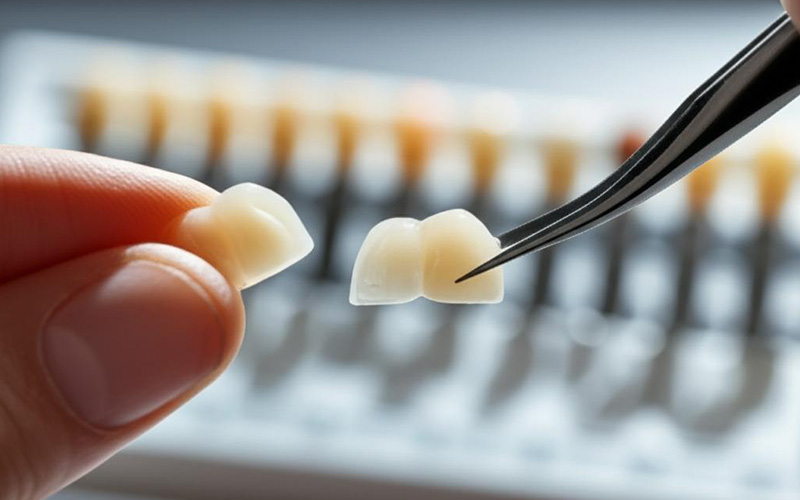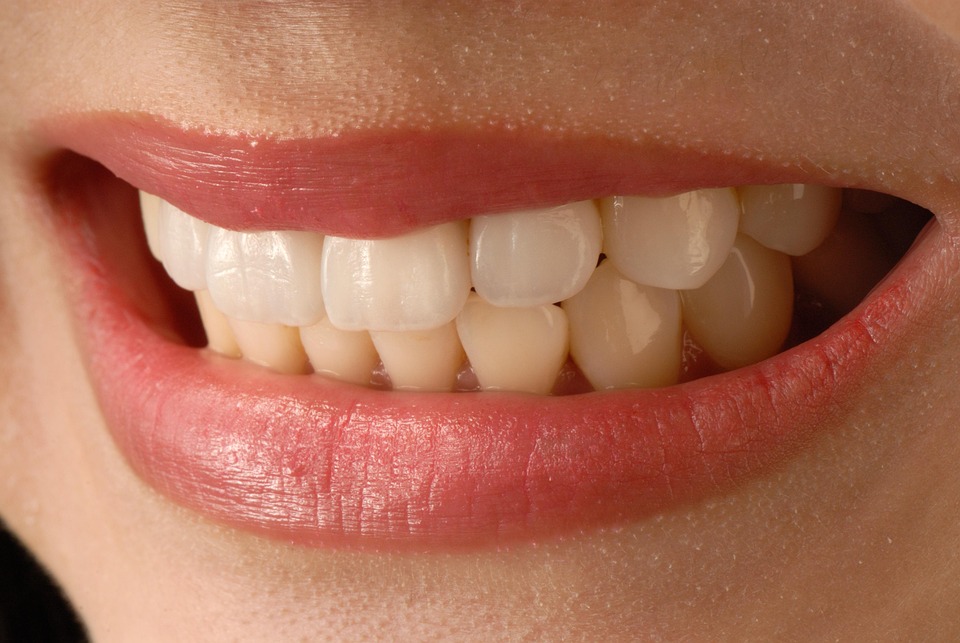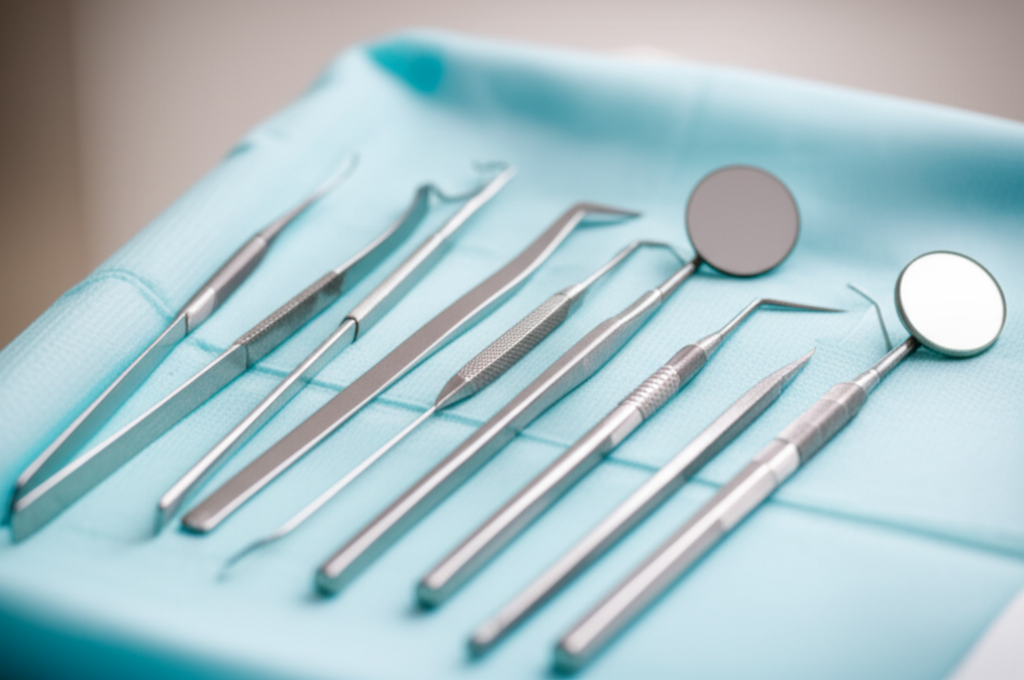
How Much Does a Dental Cleaning Cost Without Insurance? My Honest Guide to Navigating the Price Tag
Table of Contents
1. Introduction: Why I Had to Find Out Dental Prices Without Insurance
If you’ve ever stared at your teeth and wondered how much a dentist might charge—especially if you don’t have insurance—I totally get it. When my old job dropped dental benefits, I was just like you: I needed a cleaning, but I was worried about the price.
When I searched things like “how much is a cleaning at the dentist without insurance,” it quickly got confusing and the answers were all over the place. That’s why I decided to figure it out and share what I actually found out, from my own visits, online digging, and a few hard lessons. Let’s talk about what dental cleanings cost if you don’t have insurance—step by step, with everything I wish someone had told me.
2. The Average Cost of a Dental Cleaning Without Insurance—What I Actually Paid
I’ll just say it: dental prices without insurance can catch you off guard. From what I saw and paid, a basic adult dental cleaning (the kind you should get twice a year) usually goes for $75 to $200 in most places in the U.S. If you’re in a big city or fancy area, it might go up to $250. In a smaller town? Sometimes as low as $75.
My first cleaning out of pocket was $135, and that included a quick dentist check. No extras—just a regular cleaning. But that price didn’t cover X-rays or fluoride.
Here are other typical prices I’ve seen:
- Child cleaning: $60–$150
- First full exam for a new patient: $50–$150
- Bitewing X-rays: $40–$90
- Fluoride: $25–$75
Prices change a lot depending on where you live and which kind of clinic you pick. More on that below.
3. What You Get with a Standard Dental Cleaning (Prophylaxis)
If you’re like me, you want to know what the money goes to. I don’t want mystery fees, especially if I’m paying cash. Here’s what’s in every basic cleaning I’ve had with no insurance:
Initial Exam
The dentist or hygienist looks in your mouth—mostly checking for cavities, gum problems, and any weird stuff like sores or receding gums. This part is quick but important for finding trouble early.
Scaling
This is when the hygienist grabs those metal tools and scrapes off plaque and tartar, especially near the gums and between teeth. If you brush and floss well, this step is fast. If you don’t… be ready for lots of scraping.
Polishing
A scratchy toothpaste and a fast spinning brush smooth out your teeth. This always feels great and helps stop stains.
Flossing
They almost always give your teeth a good floss at the end. Sometimes, they’ll show you better ways to do it.
Extras (Usually Cost More)
- Fluoride treatment: Not always in the price, but good if you get a lot of cavities.
- X-rays: Only once a year or for new patients, usually extra.
- Cancer check: Most don’t charge extra, but some do.
When in doubt, just ask what’s included before you start. I always ask now.
4. The Real Factors That Drive Dental Cleaning Costs Up or Down
If you think “how much does a dental cleaning cost without insurance” is easy to answer, it’s not. After several visits, I learned a few things change the price—sometimes a lot.
Where You Live
Big cities cost more. My first city cleaning was $135, but at home in a rural area, it was $85. Local cost makes a difference.
Kind of Dental Office
- Private offices (fancy waiting rooms, downtown) usually charge more.
- Big chain clinics (like Aspen Dental) have specials for new patients.
- Dental schools (my favorite) are cheap because students, watched by teachers, do the cleaning. Don’t worry, they’re careful!
Dentist’s Experience
Dentists with a big name can charge more for cleanings—even if a hygienist does most of the work.
How Much Cleaning You Need
If you missed a couple of years, the price goes up. More tartar means more time, so they charge extra.
What’s In the Price
Some clinics “bundle” the check, cleaning, and X-rays together. Others add up each piece, so ask for a full price list.
5. Deep Cleaning vs. Standard Cleaning: What’s the Price Difference?
When I first heard “deep cleaning” at the dentist, I just thought, isn’t all cleaning deep? Nope—it’s a whole different thing, and costs a lot more.
What Is a Deep Cleaning?
Dentists call it scaling and root planing. If you’ve got gum disease, stuff builds up below the gum line. Deep cleaning goes under the gums and sometimes needs numbing.
The Price Shock
- $200–$600+ for each quarter of your mouth.
- That’s $800–$2,400 if you need your whole mouth done.
One year, my dentist suggested it after checking my gums. I could only do it with a payment plan, but even then, the price shocked me. If a dentist says you need a “deep cleaning,” always ask why, and get the price in writing.
6. My Favorite Ways to Save Money on Dental Cleanings Without Insurance
I’ve tried lots of ways to bring down dental costs. Here’s what really worked for me:
Community Dental Clinics or Public Health Centers
These often charge based on how much money you make. When I was between jobs, this saved me.
Dental Schools
My favorite cheap choice: One year, I paid less than half the normal price at a dental college—and got good care. It took longer, but the savings were big.
Dental Savings Plans or Discount Programs
These aren’t insurance, but work similar. For a small yearly fee, I got 10–60% off cleanings and some other fix-ups. Just be sure to check which plan is best for you.
Ask for Cash Discounts
You might be surprised if you ask, “Do you give a discount if I pay cash today?” I’ve dropped the bill by 10% at smaller clinics this way. Can’t hurt to ask!
Payment Plans or Financing
Payment options are not just for braces. Things like CareCredit or payment plans at the office can help you break the bill into parts. When I needed a deep cleaning, they let me pay over four months, with no extra fees.
In-Office Membership Programs
Some dentists have their own yearly plans. At mine, paying a set fee got me two cleanings and one X-ray a year—no insurance needed.
Take Care of Your Teeth at Home
Simple but true: the better I brushed and flossed, the less the dentist had to do (and the less I had to pay). Adding one more floss a day can save you money later.
Special Deals
Check dentist websites or call to ask. I’ve seen “new patient specials” that include cleaning, checkup, and X-rays for $99 or so. Good timing is everything.
7. Why Skipping Regular Dental Cleanings Isn’t Worth It
It’s tempting to skip cleanings if you don’t have insurance. I tried it for a year, and ended up needing a filling because a small cavity got worse. Here’s why waiting is a bad idea:
- Stops bigger (and even more costly) problems: Every $1 you spend on cleanings could save you $8–$50 in the future on things like fillings or crowns.
- Finds trouble early: Gum disease and cavities might not hurt at first, but your dentist can spot them early.
- Keeps your breath and smile fresh: Clean teeth are just better.
- Helps your whole health: Gum disease is linked to stuff like heart problems and diabetes. Spending an hour on cleanings is a smart move.
Don’t forget, there are many tips on teeth health that explain why preventive care pays off, even when money is tight.
8. Conclusion: Prioritizing Your Oral Health—Even If You’re Uninsured
If you don’t have dental insurance (I’ve been there!), the cost of a cleaning can feel like too much. But it’s not a luxury—it’s important for your health. In my experience, there’s almost always a way to save: community clinics, dental schools, savings plans, or just asking for a lower price.
The biggest thing I’ve learned? Don’t wait until it hurts or the bill gets huge. Spending a bit now on a cleaning saves you hassle (and money) later. Get clear prices, use every deal you find, do your research—and your teeth and budget will thank you.
9. FAQs: What You’re Probably Wondering (Because I Did Too)
Can I get a dental cleaning for $50 without insurance?
It’s not easy, but sometimes possible. Community clinics, dental schools, and some first-time patient deals are close. Most cleanings are $75–$200.
Is it okay to skip dental cleanings if I brush a lot?
Brushing and flossing are a must, but they can’t reach everything or remove hard tartar. Skipping cleanings adds up to trouble with cavities or gums. It’s not worth the risk—see more about dental diseases and why prevention matters.
How often should adults get a dental cleaning?
Every six months is best, even if you’re brushing every day. Some people need more visits if they have gum problems or other risks.
What do D1110 and D4341 mean?
Good question if you like the details!
- D1110: Regular adult cleaning (above gums).
- D4341: Deep cleaning (scaling and root planing), done by quarter of your mouth, for gum disease and under-gum work.
What if I need more than a cleaning, like a filling or crown?
If you’re worried about bigger jobs, start by learning about your options, look for deals, and check out more teeth information for tips. Some places offer packages, so always ask!
I hope my real experience gives you the info you need and some hope too. Getting affordable dental care without insurance is possible—you just need to know where to look, what to ask, and remember you’re not alone. Keep smiling and take care of those teeth!
